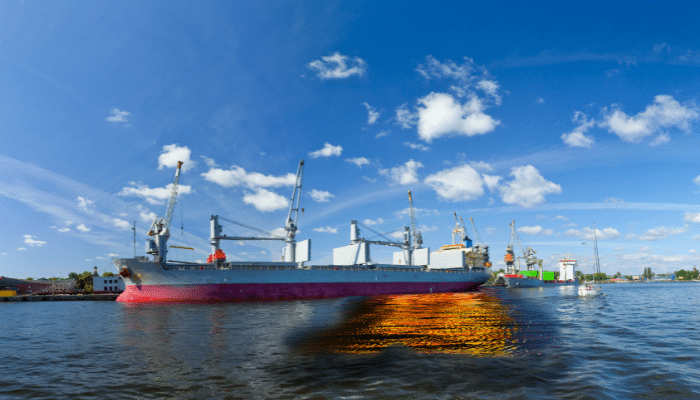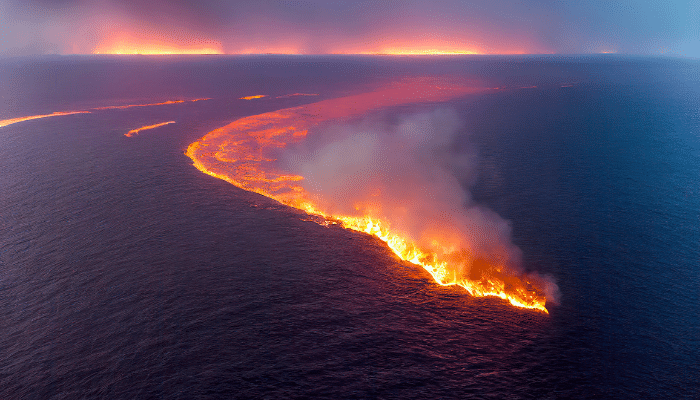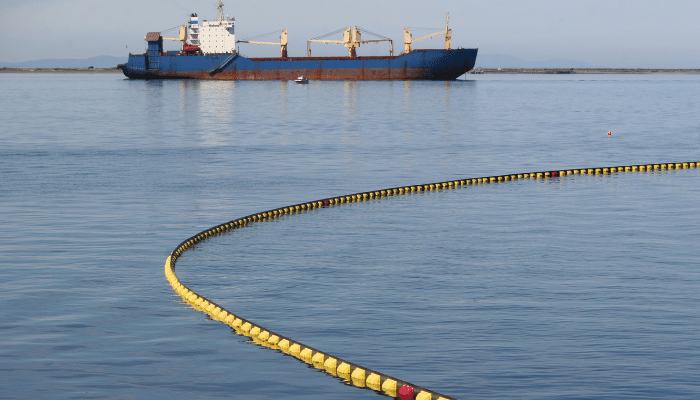What is a Vessel Response Plan?
An oil spill is considered one of the most unwanted happenings at sea. A substantial spillage engenders losses in monetary terms but, more importantly, has serious repercussions on the environment around us.
While something like a spillage is irreversible, suitable measures implemented on an exigent basis can help mitigate the extent of ecological and collateral damage associated with an oil spill. Moreover, from a human point of view, a wide range of risks are associated in terms of life and property, as oil is a highly flammable product.

Hence, as mandated by the United States Coast Goard, all vessels carrying large quantities of chemicals, refined chemical products or other hazardous substances are required to have on board a document named Vessel Response Plan (VRP) that guides the course of action that needs to be followed when there are is an accidental spillage.
However, the scope of VRP is limited to the United States and all navigable waters in the coastal and inland areas of the same, though many other authorities worldwide are working on or have implemented similar frameworks.
A Vessel response plan needs to be implemented only when the vessel’s Master or the chieftain determines the gravity of the situation based on the scenario. This essentially means that all the personnel, resources, and initial first-hand plans or means are exhausted to mitigate the event’s impact.
The Vessel Response plan essentially contains the following features:
- General details and specifications pertaining to the vessel
- Procedures related to notification and communication
- Spill mitigation procedures
- Response activities
- List of important contacts
- Training and exercise procedures
- Checklist for procedures during emergency
- Service areas and operating details of the vessel

The general information includes vessel name, registry number, identification number, call sign, basic design parameters, operating type areas, etc. The service area names include the operating areas where the vessel is permitted to ply.
The procedures related to communication include the steps that need to be taken to notify and intimate the required personnel in the event of a spillage. Hence, the list of names and contact information of the important personnel to be notified is attached.
Now, the most important clause of the VRP includes guidance about the mitigation procedures and response in the event of a spill. First and foremost, human lives matter. Hence, in such events, the crew’s safety on board becomes the first priority. After ensuring that everyone’s safe, then identifying the hot zone becomes important.
The hot zone is the flammable area of water affected by the spillage. Then, the mitigation procedures are divided into two groups: 1) Shipboard and 2) Shore.
At the shipboard end, the root cause of the spillage needs to be identified.
Thereafter, the cause (like a tank overflow, leakage, hull breach, etc.) should be eliminated, fixed, or mitigated to the maximum level. Then, at the same time, more exigent problems due to the same, like structural failures, chances of onboard fires, stability issues, and so on, are identified.

Suppose the damage is irreversible and increasingly serious. In that case, the crew starts the procedures for evacuation and, around the same time, notifies the shore-side mitigation authorities or parties who reach the site to do what is needed. These groups assist in safely evacuating the personnel, inform more levels of assistance, start removing the spillage, and identify the zone as a high-risk area to prevent navigation and other activities.
From an ecological point of view as well, the impact of the spillage is weighed on the environment, and suitable measures are taken to help minimise the risks to the best possible extent. All such actions have a checklist that needs to be adhered to.
You might also like to read-
- Worst Oil Spills: The ABT Summer Oil Spill Incident
- What is An Oil Spill Kit?
- Different Types of Dispersants Used in an Oil Spill
- Oil Spill Claims: Claiming for Damages at Sea
- 15 Major Oil Spills Of The Maritime World
Disclaimer: The authors’ views expressed in this article do not necessarily reflect the views of Marine Insight. Data and charts, if used in the article, have been sourced from available information and have not been authenticated by any statutory authority. The author and Marine Insight do not claim it to be accurate nor accept any responsibility for the same. The views constitute only the opinions and do not constitute any guidelines or recommendations on any course of action to be followed by the reader.
The article or images cannot be reproduced, copied, shared or used in any form without the permission of the author and Marine Insight.
Do you have info to share with us ? Suggest a correction

About Author
Subhodeep is a Naval Architecture and Ocean Engineering graduate. Interested in the intricacies of marine structures and goal-based design aspects, he is dedicated to sharing and propagation of common technical knowledge within this sector, which, at this very moment, requires a turnabout to flourish back to its old glory.
Subscribe To Our Newsletters
By subscribing, you agree to our Privacy Policy and may receive occasional deal communications; you can unsubscribe anytime.



